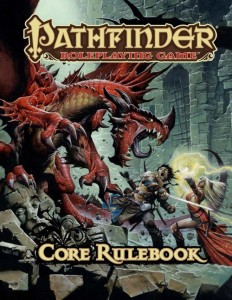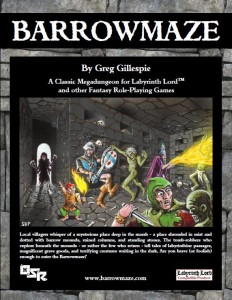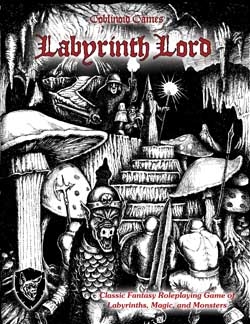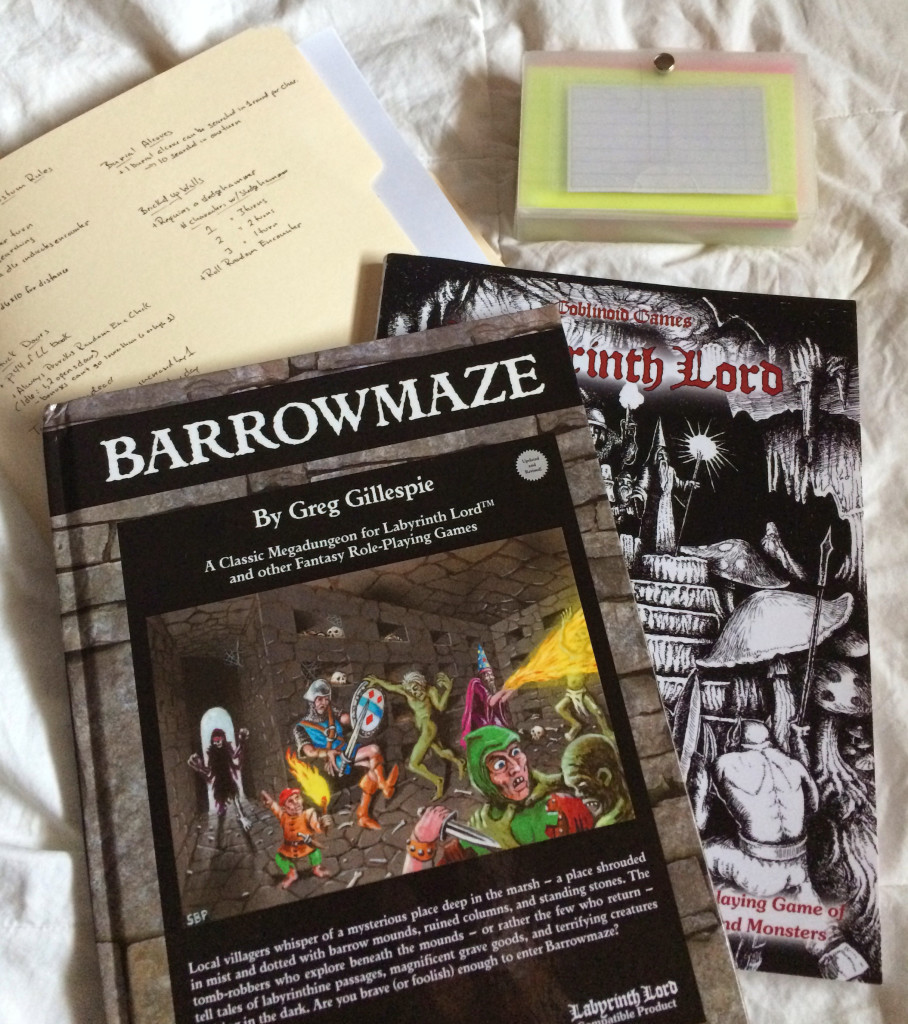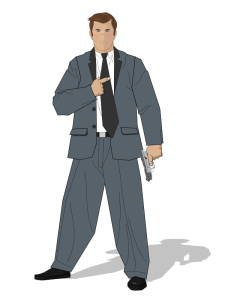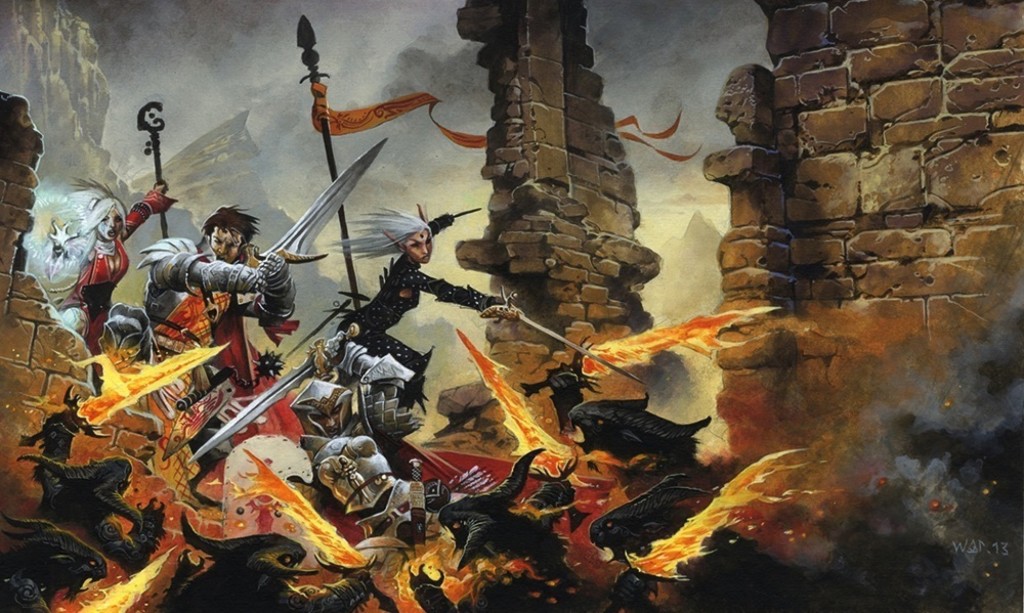 This is based on truth. I am not talking about the way Fargo or Texas Chainsaw Massacre is either. As far as I have seen the pictures are authentic and the newspaper articles accurate. That makes this book disturbing and a little like a car wreck that one can’t help but stare at.
This is based on truth. I am not talking about the way Fargo or Texas Chainsaw Massacre is either. As far as I have seen the pictures are authentic and the newspaper articles accurate. That makes this book disturbing and a little like a car wreck that one can’t help but stare at.
Wisconsin Death Trip is a nonfiction book published in 1973. The author found a collection of black and white photos all from the same small Wisconsin area dating back to the 1890’s. He then researched newspaper articles from that time and found a place haunted by death and destruction. I don’t know if this was common at the time, and it seems unusual because I don’t have knowledge of what life was like in the 1890’s in a small Wisconsin town. Or this could be the outlier, the one place that had unusual deaths and events going on. Either way a creative GM can take this book and make it into an awesome prop for an adventure or campaign.
“George Kanuck, a laborer, is alleged to have sold his seven year old boy to Italian peddlers who have been working at Manitowoc. The sale is said to have taken place at Kanuck’s house during a drunken orgy that all participated. The Italians, two women and a man, left the town the next day with the boy.”
That is one example of what one will find within the pages of this book. The book just presents the stories. It does not answer any questions. That is what makes this the perfect prop. Are you wanting to run a Cthulhu by Gaslights campaign? There can easily be cultists and something dark and mysterious going on here. Perhaps you want something modern and want the events from the past to be repeating themselves. This would be a great book to present news stories to the players that their characters find in research. Granted, not a lot of written RPGs work well in rural Wisconsin of the 1890’s. That is why I only mention the one so far.
“Eight of the Kaukauna public schools have been closed by order of the district board on account of further spread of diphtheria epidemic. Five or 6 families are now quarantined, and in one of these, 8 of its members have the disease.”
It would be more difficult but this could also serve for a good adventure or arc for a time travel game. There is something odd going on here, there has to be. So of course the TARDIS would show up here. Or perhaps the agents of Timewatch are sent here for a darker type of adventure. I think this approach would be a challenge as the feel of those games is a bit lighter than the events the book describes.
“At Stevens Point an incendiary fire destroyed sale stables and 13 fine draft horses the property of the green brothers….This is the ninth incendiary fire in the city in a week.”
I think it would work well as a historical Hunter the Vigil game. Something wicked is happening in the area so it is up to a small cell of townsfolk to investigate and try to stop something. Not everything has to link together either. Perhaps the fire was just an accident but that doesn’t mean the other eight were. Some of the stories though are much darker. There is an article of a ten year who commits suicide. There are stories of people killing their families and children. There are stories of people being committed into insane asylums. There are stories of wild men living in caves, and bands of hooligans that terrorize towns. Some of the stories are just weird like the owner of a lumber company that started yelling crazy things and then his one thousand employees started to mimic what he was doing.
“A wild man is terrorizing the people north of Grantsburg. He appears to be 35 years of age, has long black whiskers, is barefooted, has scarcely any clothes on him, and he carries a hatchet. He appeared at several farm houses and asked for something to eat. He eats ravenously, and when asked where he came from, points to the east. He secretes himself in the woods during the day and has the most bloodcurdling yells that have ever been heard in the neighborhood.”
Reading through this book is an experience. I am not going to say it was a good one as there are many sad entries in here as well. This is not a book for everyone and is definitely a Cult Classic of literature. There is also a movie made about it and it has influenced other novels and even music.
Chris Gath. I’ve been gaming since 1980 playing all kinds of games since then. In the past year I’ve run Pathfinder, Dungeon Crawl Classic, Paranoia, and Mini d6. My current campaign is mini d6 and we are using that for a modern supernatural conspiracy investigative game. On some forums I’m known as Crothian and I’ve written a few hundred reviews though I took a sabbatical from reviewing for a few years as it burnt me out. I was also an judge for the Gen Con awards (ENnies) six times. Jeff, the owner of this blog, is one of my players and a good friend.

